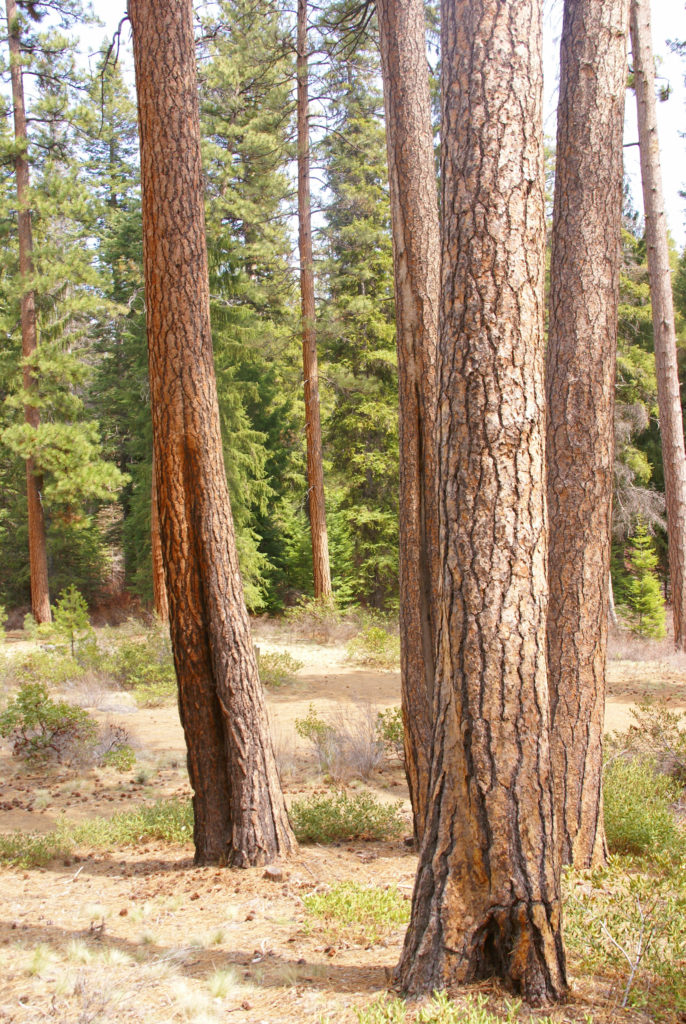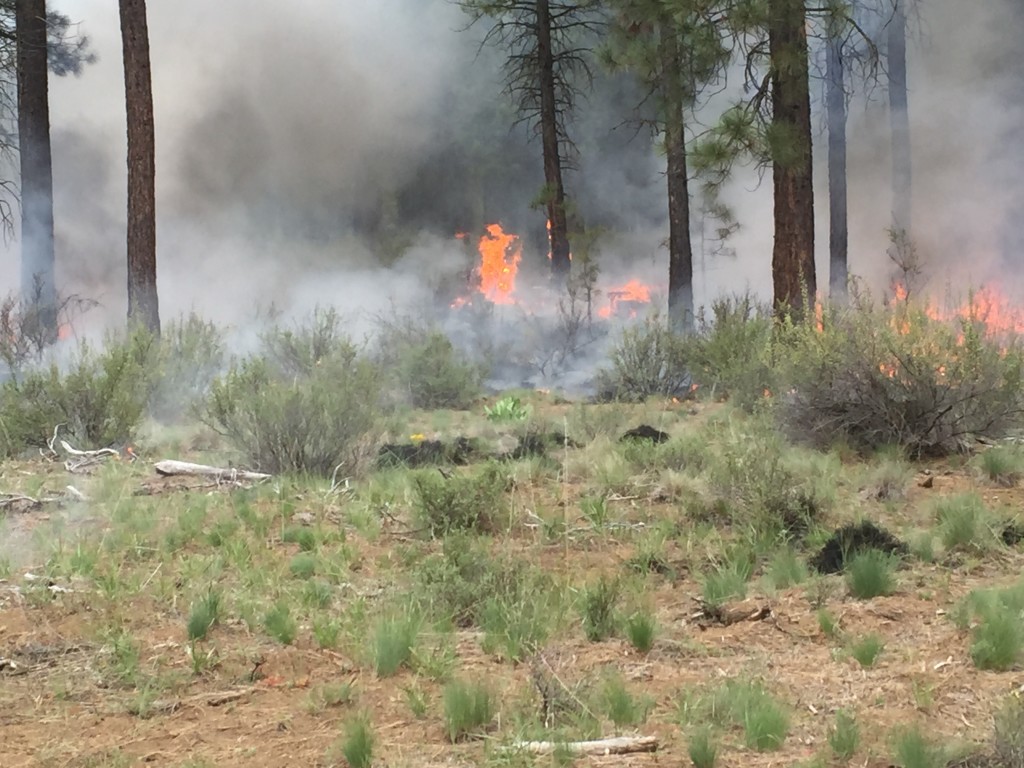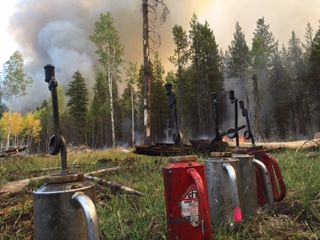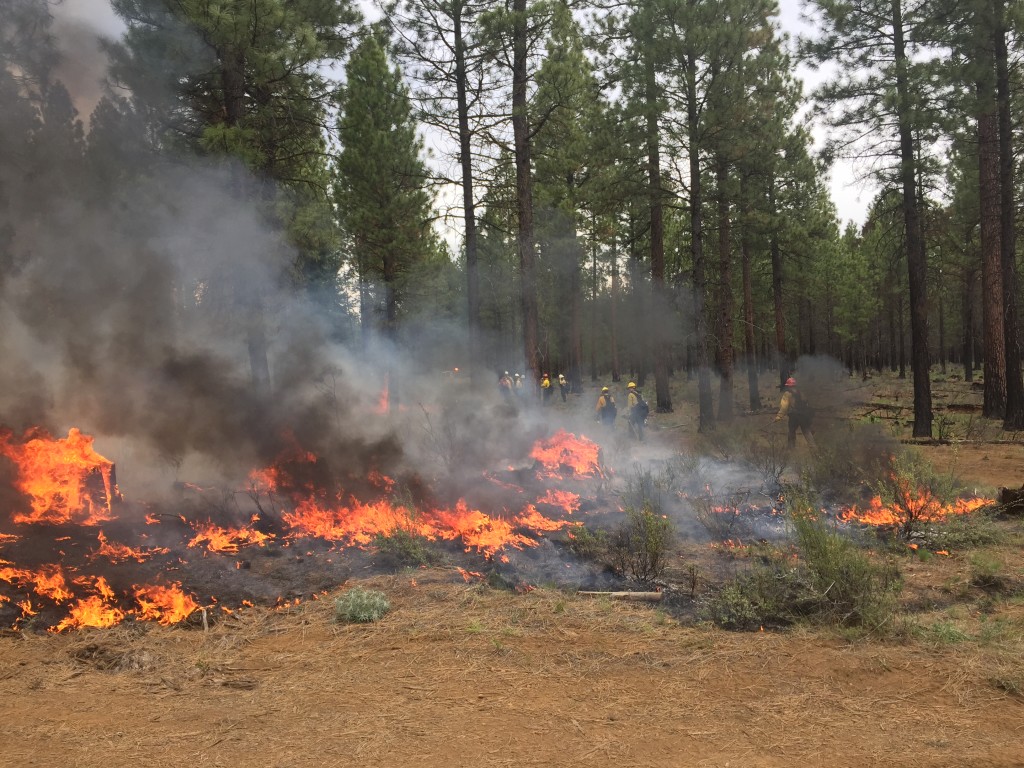Wildfire was here before us. For millennia, our region was shaped by fire, and our mid- and lower elevation forests (think forests of ponderosa pine and mixed conifer species around Sisters, Bend, and Sunriver) were maintained by frequent, low-intensity fires, every ten to twenty-five years.
These natural fires are essential for stimulating fire-dependent trees and plants, maintaining wildlife habitat for certain species, cycling nutrients and sustaining other important functions of the forest ecosystem. So our forests need fire. But European settlement brought alterations to this ecosystem.
We want to reduce uncharacteristic fire we now see in our forests that can have catastrophic effects. To do this, we are working restore our dry forests so they are resilient, and can withstand the frequent, low-intensity fires that are a natural part of this ecosystem. By supporting forest restoration of our lower elevation dry forests, including the use of controlled burning, we can breathe easy, knowing we are neighbors of a healthier, more resilient Deschutes National Forest.



